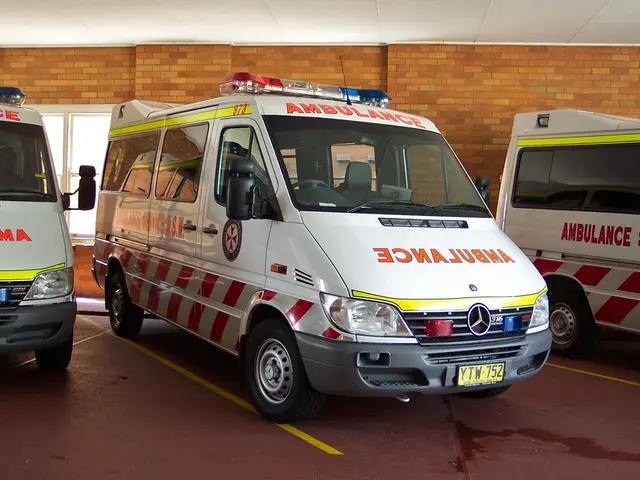"Kunihiko Sakuma, a survivor from eight decades ago, recounts his fear of death due to the falling black rain, a reference to the aftermath of the Hiroshima atomic bombing"
In the heart of Hiroshima, less than three kilometers from the hypocenter of the atomic bomb explosion, Kunihiko Sakuma's family home stood. Born on October 20, 1944, Sakuma's early memories start with a landscape in Hiroshima, a city that was forever changed on August 6, 1945, when the American Boeing B-29, Enola Gay, dropped the atomic bomb named Little Boy.
At the age of six, Sakuma's memories are not a clear understanding of the impact of the bombing on the cityscape. Instead, he recalls a frightening sight of the Genbaku Dome, a significant landmark in Hiroshima, which was not as clean as it is now. The windows and walls of his family home were blown away by the explosion.
One of Sakuma's most vivid memories is a scary image of some kind of dark forest. Whether this is a symbolic or literal representation, it is a testament to the trauma that the young boy experienced. Despite the horrors he witnessed, Sakuma seemed to escape with minor injuries.
However, the long-term health effects of the radiation exposure are not fully understood in Sakuma's case. Individuals irradiated as infants during the Hiroshima atomic bombing face increased risks of cancers, immune system deficiencies, and chronic illnesses stemming from radiation exposure sustained early in life.
Specifically, long-term effects on such survivors often include a higher incidence of cancers such as lymphomas and other malignancies, compromised immune function, chronic health difficulties, and psychological trauma. Children and infants irradiated during the bombing had "the most difficulties with health" compared to their siblings, suggesting radiation was a key underlying cause of lifelong complications.
Society's lack of immediate information and support compounded survivors’ suffering for many years after the bombings. The psychosocial impacts, including trauma, survivor’s guilt, social stigma, and poverty, exacerbated by initial denial of radiation effects and delayed medical care by authorities in post-war Japan, are still being addressed today.
As we remember the events of August 6, 1945, it is important to reflect on the long-term impacts on individuals like Kunihiko Sakuma. His story serves as a reminder of the devastating effects of nuclear weapons and the need for continued advocacy for the health and well-being of atomic bomb survivors.
In light of Kunihiko Sakuma's personal account, the traumatic effects of the Hiroshima atomic bombing stretch beyond immediate injuries, encompassing long-term health and well-being concerns. Particularly, children and infants irradiated during the bombing exhibit a higher incidence of cancers, immune system deficiencies, and chronic illnesses due to early radiation exposure. Furthermore, the lack of immediate information and support, as well as psychosocial impacts, have continued to affect survivors for many years.




